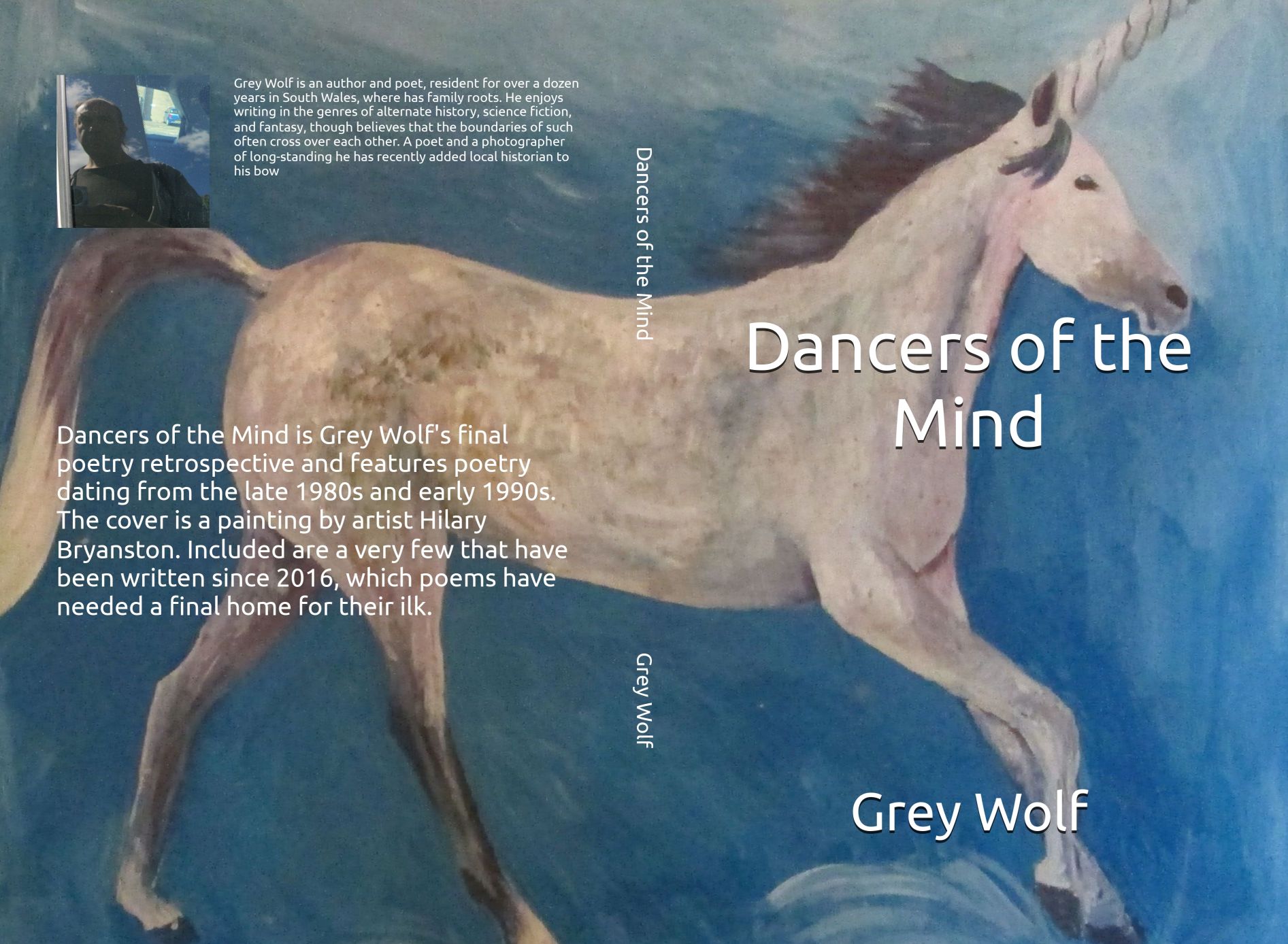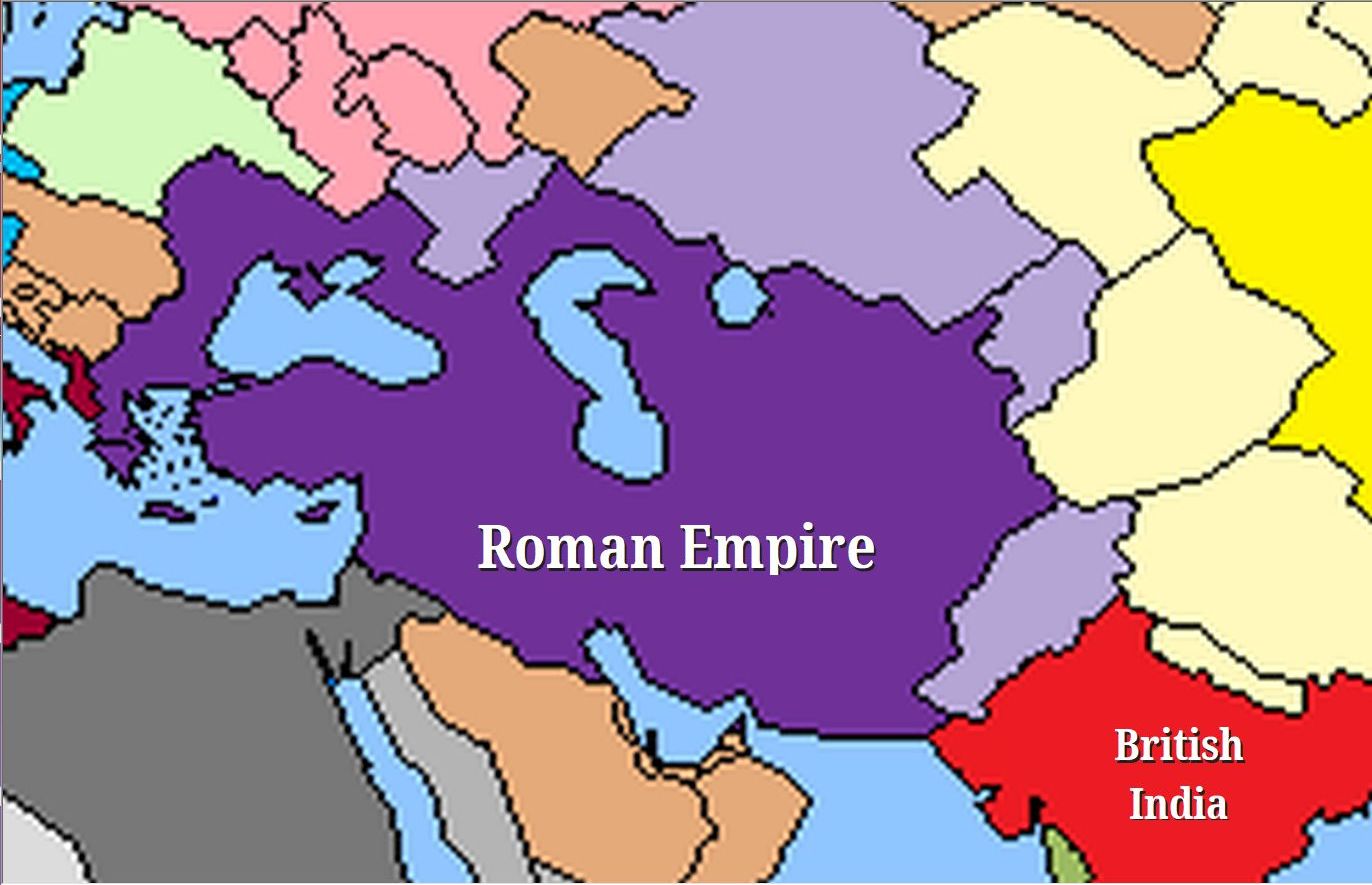So, in The Shifting Sands, I wanted to show that Alexander Snaith, despite being ousted as Governor of the [greater] Argentine by the new British Emperor, in a show of political disfavour, had learned something there that would be a means to rescuing his fortune once back on the island of Great Britain.
ALPACAS! I was vaguely aware at the time of an alpaca farm up near Rhydyfro, above Pontardawe, as my late dad and I had driven past it during the pandemic looking, albeit unsuccessfully, for a mountain chapel. So, I thought - well if you can breed alpaca in the Welsh mountains, then they must be a viable import, if Britain ruled the Argentine.
Because The Shifting Sands, and its sequel in the series of the same name, The Steel Heart, are written in third person close, from Lord Wolfe's perspective, it was obvious that to bring alpaca properly into the story, he and Carlotta were going to have to have some at Harcourt Hall.
But I had only ever seen alpaca once, at Dudley Zoo almost twenty years ago! Still, the wonders of Google/Bing helped me, whilst Snaith was happy to help Carlotta, and even came up to the hall unasked to give his expertise to the stockhands, who I imagine looked on the alpaca as weirdly-behaved oddly-shaped sheep.
Eventually I thought that I would have to go and see some alpaca, and as I was holidaying soon in Sheffield, with a friend, I noticed that one of the alpaca accounts I followed on Twitter was up by Newcastle, so I looked and they even had a holiday cottage ON THEIR GROUNDS, so I booked an extension to my holiday up there.
June 2023 was a month of lovely weather, and I arrived at Newcastle railway station, found a friendly taxi and managed to explain where I wanted to go - forget full addresses, they need headline name, not necessarily the business but the location (in this case the farm's pre-existing name) and the postcode. It was quite a way out, beyond Heddon-on-the-Wall and turned out to be probably equidistant to there and another neighbouring village, a walk of several miles either way.
The first few days, I worked on historical research for a pet project, and then walked to the villages, did my shopping and got a local taxi back - a LOCAL taxi, by name as well as function, good price, excellent service, and they took card payments in the vehicle. I was aware of some alpaca in the distance from the cottage, but otherwise mainly saw the friendly chickens who tried to come visit me in the kitchen.
The day I was to depart (to head for Croydon and visiting my grandparents' graves before going home) was the day of the Alpaca Walk, an extra activity paid for by day visitors to the farm, or with a slight discount by those staying there. This was one of the highlights of the year for me! We gathered together whilst the owners explained things, then let us into a compound with the "young boys" (male non-parent - yet - alpaca). We got to choose our own for the walk!
I'd already been won over, a lovely grey animal with the wondrous name of Hades, stood on the far side, tethered to the fence. As people headed for the cute ones, I went anti-clockwise to make sure I got to Hades first, and claimed him for my own. He was not particularly worried by his new handler, and apart from a needed tug of the lead, he provided no problems as we exited the enclosure.
The next hour or so was an amazing experience, all in the company of Hades, and of the other walkers with their alpaca. It was explained that they like to be at the front, but not leading, second place was their ideal situation. Sometimes a faster young animal would take their handler to the front, then suddenly realise that in the strict alpaca heirarchy he should not be there and simply stop, waiting to be overtaken.
We visited the "young girls", virgin alpaca in their field, and many a young boy alpaca and young girl alpaca yearned to be together in a love triangle that was to come in years ahead. Then we visited the "mothers" and their younglings, some only a few days old, running around the field. Here we were told not to get too close, as the mothers might be offended by the males, and spit at them to indicate that they had no need of a male alpaca, thank you very much, but that spit might not be very well aimed and might land on you, and stink you out! With a train journey of several hours ahead, I was very careful to stay at the suggested distance!
The final part of the walk was through a wooded grove, and single or double file, the lead being taken by a male who they said was resigned to accepting this position more than the others were. Hades was always happy to be one or two behind whoever led, like the second in command not wanting to go ahead of any temporary general.
The taxi was arriving for me to whisk me away to Newcastle Railway Station as we got back, so after handing Hades back into the compound, I departed. But that walk, and its lessons will live in my mind, and whilst it won't much affect The Steel Heart, future writing on the alpaca of Lord Wolfe and Carlotta will be able to be more specific.
You can purchase The Steel Heart here.



































